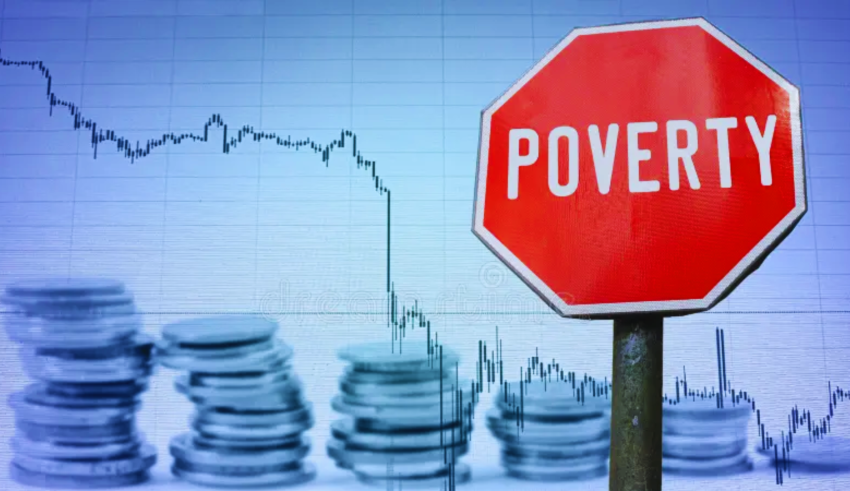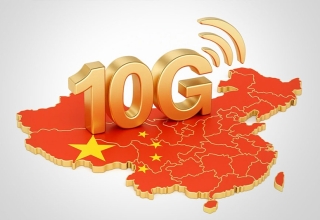
Asia, a continent varied in culture and economic endowment, is, however, home to some of the gravest poverty challenges found anywhere. Whereas many countries in Asia have recorded notable advances in economic growth over the past few decades, extreme poverty remains an ongoing issue debilitating millions. The sharp contrast between life in flourishing cities and rural poverty-stricken areas is, therefore, compounded by the complex and multidimensional nature of poverty in Asia.
To comprehend the root causes of poverty in Asia, one must look at several key factors ranging from historical legacies to contemporary economic issues. Likewise, divergent paths for sustainable solutions would, therefore, offer goodwill in the endeavor for long-term solutions.
The Elements that Cause Poverty in Asia

- Inequality and Income Disparity: Asia has the wealthiest of the countries and poorest among the rest. However, income inequality is a huge challenge. Even in these rapidly growing economies, wealth seems to have clustered in urban areas, leaving rural populations impoverished. The divide between haves and have-nots often traps the most disadvantaged communities in the cycle of poverty without enabling them to pursue opportunities for better jobs, education, and health care.
- Education Gaps: Education is a powerful tool for ending poverty; yet, millions of children and adults across Asia are still deprived of education. Many rural schools lack funds, poorly trained teachers, and scarce learning resources. This perpetuates the poverty cycle, with each generation having fewer opportunities to improve its standard of living.
- Unemployment and Underemployment: Some Asian countries may find unemployment high despite rapid economic growth in some parts of Asia. These people either work in poorly paid informal jobs or are underemployed, which means the jobs they do are not fully utilizing their skills. This forms a vicious cycle where they simply do not have the income to get out of poverty, while the economy moves on without benefiting them.
- Health and Malnutrition: Ill health is both a cause and consequence of poverty. In Asia, poor quality health care services and poor conditions of living are responsible for high rates of malnutrition, diseases, and mortality. The impoverished cannot afford basic healthcare expenditures, leading to a decline in their health status which keeps them from earning a living or taking care of their families.
- Climate Change and Natural Disasters: Asia is highly vulnerable to the effects of climate change. Countries like Bangladesh, the Philippines, and India are regularly visited by natural disasters, from floods to typhoons, to droughts. These disasters destroy homes and livelihoods and drive vulnerable populations deeper into poverty. Rising sea levels and extreme weather further compound food and water scarcity; thus, survival becomes harder for the poor.
Sustainable Solutions
Though situations such as these are quite overwhelming, there is hope indeed. Sustainable solutions can target the root causes of poverty in Asia for long-term and lasting impacts.
Investing in Education and Skills Development Improving access to quality education and vocational training is essential to breaking the cycle of poverty. The focus should be on marginalized groups, particularly girls and children in rural areas. By equipping young people with relevant skills, they can better contribute to society and escape poverty. |
Empowering Women and Marginalized Groups Gender inequality remains a major barrier. Empowering women, especially in rural areas, through education, healthcare, and economic opportunities can significantly reduce poverty. When women can work, earn an income, and make decisions, it benefits families and communities. |
Promoting Inclusive Economic Growth Economic growth must benefit everyone. Policymakers should prioritize programs supporting the rural poor, like infrastructure improvement, access to credit, and promotion of local industries. This ensures that even remote communities have the resources to thrive. |
Strengthening Healthcare Systems Investing in healthcare is crucial for breaking the poverty cycle. Governments and international organizations must improve healthcare access, especially for low-income populations, and ensure it is affordable to prevent illness and improve long-term health outcomes. |
Building Resilience Against Climate Change Vulnerable communities must be equipped with climate adaptation strategies, early warning systems for natural disasters, and sustainable agricultural practices. This helps them prepare for and recover from the challenges posed by climate change, reducing their vulnerability to poverty. |
Expanding Social Safety Nets Social safety nets, such as cash transfer programs, provide vital support to those living in poverty. Expanding and ensuring these programs reach the most vulnerable can help reduce poverty, improve education and health outcomes, and boost economic activity. |
It does not make poverty a distant issue in this vast territory of Asia, but requires continued creativity and effort as well as collaboration to alleviate. By dealing with core reasons for poverty- inequality, lack of education, bad health care access, and increasing vulnerability to climate change- it may move towards building a just future for its people.






















